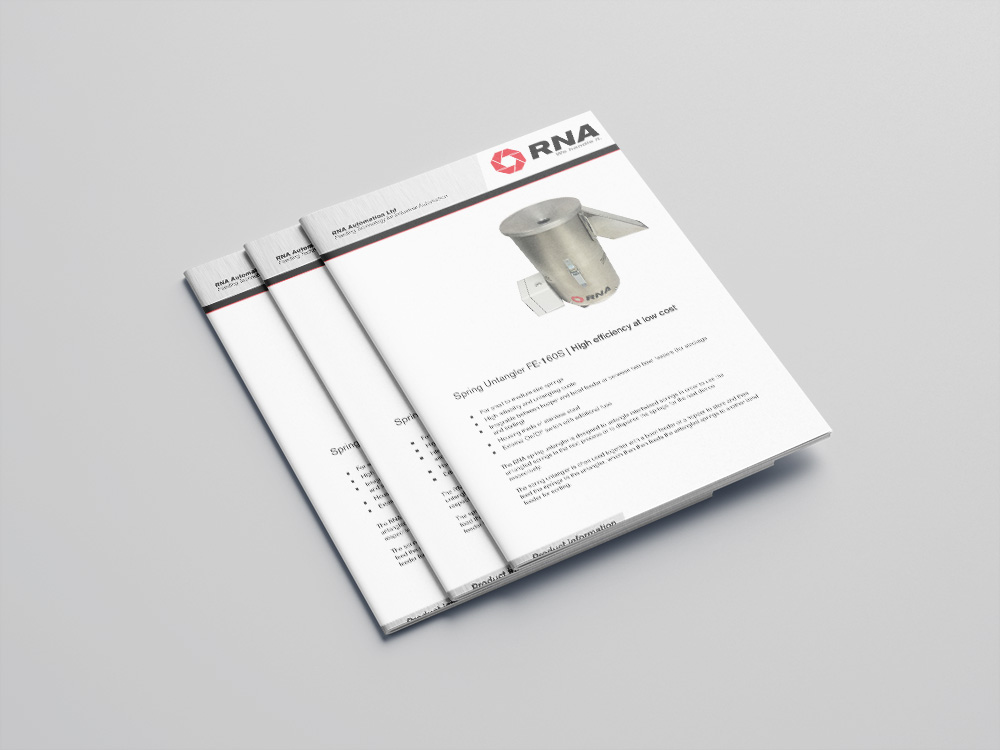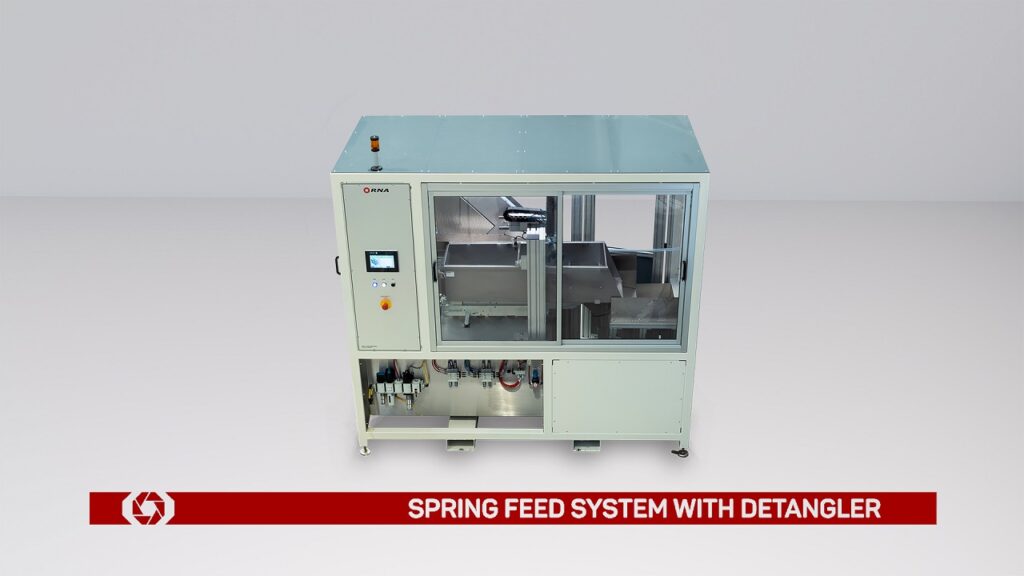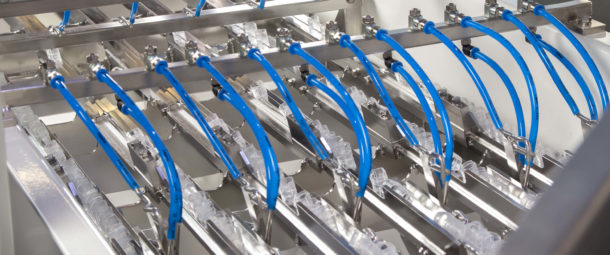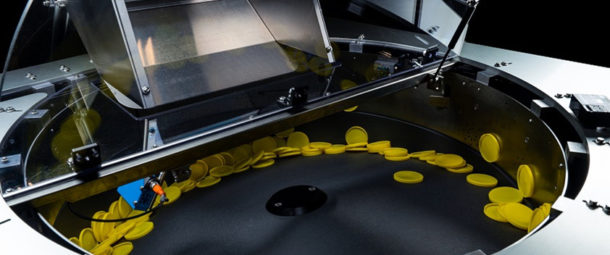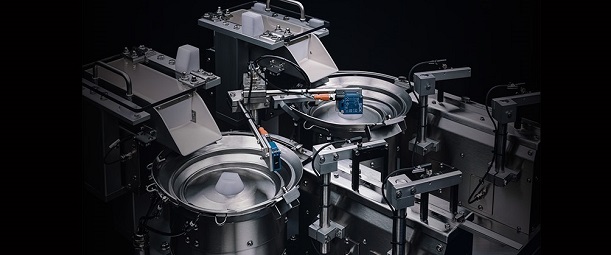Automatic Spring Separator
The RNA automatic spring separator is designed to detangle intertwined springs in order to use the detangled springs in the next process or to dispense the springs for the next device respectively.
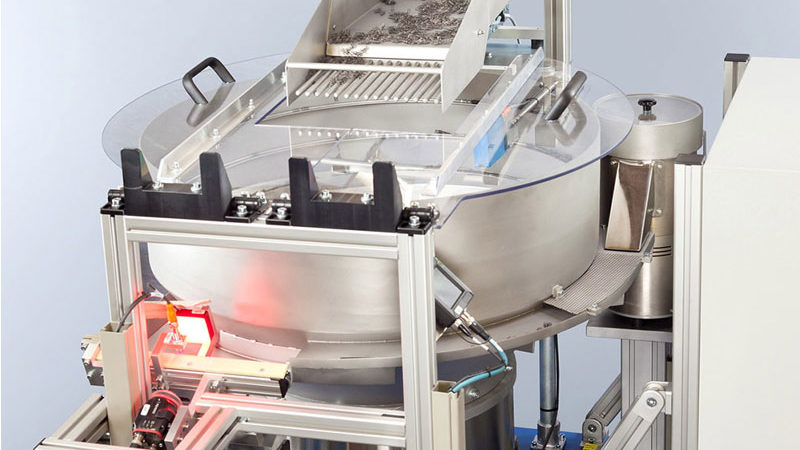
Downloads
RNA Offer
Spring separatorSuitable for small to medium-size springs
The spring separator is designed to detangle springs so that they can be used in the downstream process or properly fed to the next device. The spring separator is often used in conjunction with a vibratory feeder or storage hopper which feeds entangled springs to the separator, which then feeds the detangled springs to another vibratory feeder or selection linear for orientation and transfer to downstream processes.
The spring separator comprises a metal enclosure, an electric motor and a rotation plate for detangling of springs.
For small to medium-size springs
High reliability and detangling quote
Integrable between hopper and bowl feeder or between two bowl feeders (for stockage and sorting)
Housing made of stainless steel
External On/Off switch with additional fuse
Application Study
Feeding springs with open spring ends requires special attention. This type of spring is – if filled in as bulk material in a stockpiling hopper – strongly tangle up and therefore useless for the following process. By using RNA’s automatic spring separator within the feeding process, it becomes possible to feed the springs individually to the following process.
Task
Pressure springs with a diameter of 4.31 x 11.8 mm should be fed individually to the following process at a rate of 50 parts per minute. Due to their open ends, single springs keep getting tangled up as soon as they lie together in larger quantities. Accordingly, one must avoid the springs from accumulating during the entire feeding process.
Detailed functional sequence and features of this feeding system
A horizontal hopper is filled homogeneously. From here, a controlled amount of springs runs over a grate and into the vibratory bowl feeder underneath. Then, the springs are first transported upward over the spirals where they are pre sorted, and finally reach the spring separator arranged in parallel over a “bypass”. The separator throws the springs one by one in free flight as bulk material onto the final sorting line of the vibratory bowl feeder. In order to avoid the further transport of springs completely caught up in one another and showing the dimension of one single spring, they are then put onto a camera belt. A vision sensor now checks whether there are still any tangled springs. These tangled springs, the same as those that show an insufficient gap distance, are sent back into the parts circulation with a compressed-air pulse. In order to avoid an accumulation of springs, they are transported over a 90° arch into a vertical accumulation chamber system and clocked individually to the customer’s assembly test station. If the accumulation chambers are already fully occupied, the springs will be blown at once onto the preceding camera belt.
Contact
Send your message to a member of our team
Read our Privacy Policy to learn how we manage and protect your submitted information.
